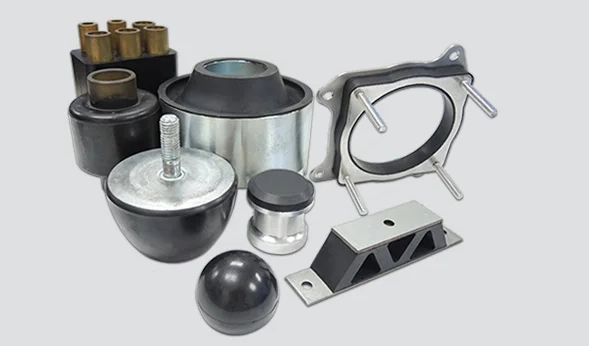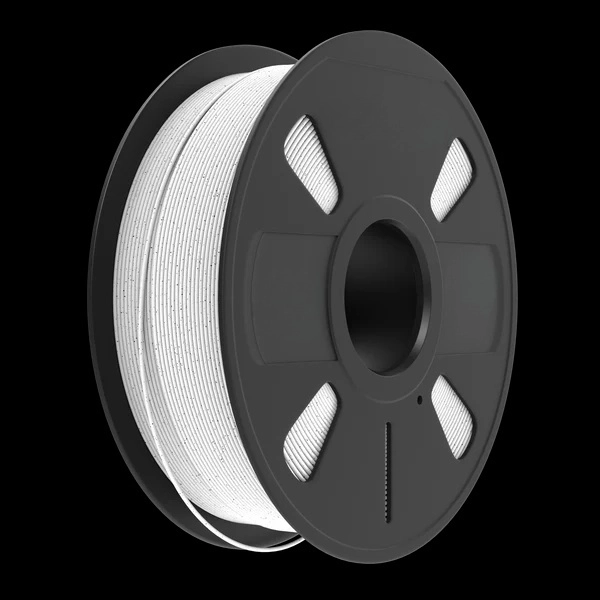The Ultimate Guide to Choosing the Best Fabric for Screen Printing: Elevate Your Designs with the Right Material
Screen printing is a versatile and popular method for transferring designs onto various surfaces, particularly fabrics. However, the success of a screen printing project largely depends on the choice of fabric. Selecting the right material not only enhances the quality of the print but also affects the durability, feel, and overall aesthetic of the final product. In this article, we will delve into the best fabrics for screen printing, exploring their unique properties, advantages, and considerations to help you make an informed decision.
Understanding Fabric Types for Screen Printing
Before we dive into the best fabrics for screen printing, it’s essential to understand the different types of materials available. Fabrics can be broadly categorized into natural fibers, synthetic fibers, and blends. Each category has its own characteristics that influence the screen printing process.
- Natural Fibers: These include cotton, linen, and silk. Natural fibers are known for their breathability, softness, and comfort. Cotton, in particular, is the most popular choice for screen printing due to its excellent ink absorption and vibrant color retention.
- Synthetic Fibers: Polyester, nylon, and acrylic fall under this category. Synthetic fabrics are typically more durable and resistant to wrinkles and shrinking. However, they can be more challenging to print on due to their smooth surfaces, which may require special inks and techniques.
- Blends: Fabrics that combine natural and synthetic fibers, such as cotton-polyester blends, offer a balance of comfort and durability. These blends are increasingly popular in the apparel industry, providing the best of both worlds.
The Best Fabrics for Screen Printing
- 100% Cotton
When it comes to screen printing, 100% cotton remains the gold standard. Its natural fibers allow for excellent ink absorption, resulting in vibrant and long-lasting prints. Cotton is soft, breathable, and comfortable against the skin, making it ideal for t-shirts, hoodies, and other apparel. Additionally, cotton fabrics are available in various weights and textures, allowing for versatility in design.
Considerations: While cotton is an excellent choice, it is essential to note that it may shrink after washing. Pre-shrunk cotton fabrics can mitigate this issue, ensuring that your designs maintain their integrity over time.
- Cotton-Polyester Blends
Cotton-polyester blends are increasingly popular in the screen printing industry due to their durability and ease of care. These fabrics combine the softness of cotton with the strength and wrinkle resistance of polyester. The blend allows for vibrant prints while minimizing the risk of fading or cracking.
Considerations: While blends offer many advantages, the printing process may require adjustments in ink types and curing methods to achieve optimal results. It’s essential to test your inks on the specific blend to ensure compatibility.
- Polyester
Polyester is a synthetic fabric known for its durability and resistance to shrinking and wrinkling. It is an excellent choice for athletic wear and outdoor apparel, as it wicks moisture away from the body. However, printing on polyester can be challenging due to its smooth surface, which may require the use of special inks, such as dye-sublimation inks, to achieve vibrant colors.
Considerations: When screen printing on polyester, it’s crucial to use inks specifically designed for synthetic fabrics to ensure proper adhesion and color vibrancy.
- Linen
Linen is a natural fiber known for its unique texture and breathability. It is an excellent choice for summer apparel and home textiles. While linen can be screen printed, it requires careful handling due to its tendency to wrinkle and fray.
Considerations: The texture of linen can affect the final print quality, so it’s essential to use a suitable mesh count and ink type to achieve the desired results.
Factors to Consider When Choosing Fabric for Screen Printing
- Ink Compatibility: Different fabrics require different types of inks. Always ensure that the ink you choose is compatible with the fabric to avoid issues with adhesion and color vibrancy.
- Fabric Weight: The weight of the fabric can influence the print quality. Heavier fabrics may require more pressure during printing, while lighter fabrics may need a gentler approach.
- Texture and Finish: The texture of the fabric can affect how the ink adheres and appears. Smooth fabrics tend to produce cleaner prints, while textured fabrics may create a more rustic look.
- End Use: Consider the end use of the printed fabric. For example, apparel intended for outdoor activities may benefit from moisture-wicking synthetic fabrics, while casual wear may be best suited for soft cotton.
Conclusion
Choosing the best fabric for screen printing is a critical step in ensuring the success of your project. By understanding the unique properties of various fabrics and considering factors such as ink compatibility, fabric weight, and end use, you can make an informed decision that elevates your designs. Whether you opt for the classic comfort of 100% cotton, the durability of polyester, or the versatility of blends, the right fabric will enhance the quality and longevity of your screen-printed creations. Happy printing!



